News
-

Entrepreneurial Facts by Innovation Hub
Entrepreneurship an der Universität Zürich? Drei Fakten von Eva Maria Håkanson, stv. Leiterin Innovation.
-

Collaborate and develop solutions across disciplinary boundaries
To inspire innovation and entrepreneurship, the Innovation Hub develops attractive offerings for students and researchers at UZH
-
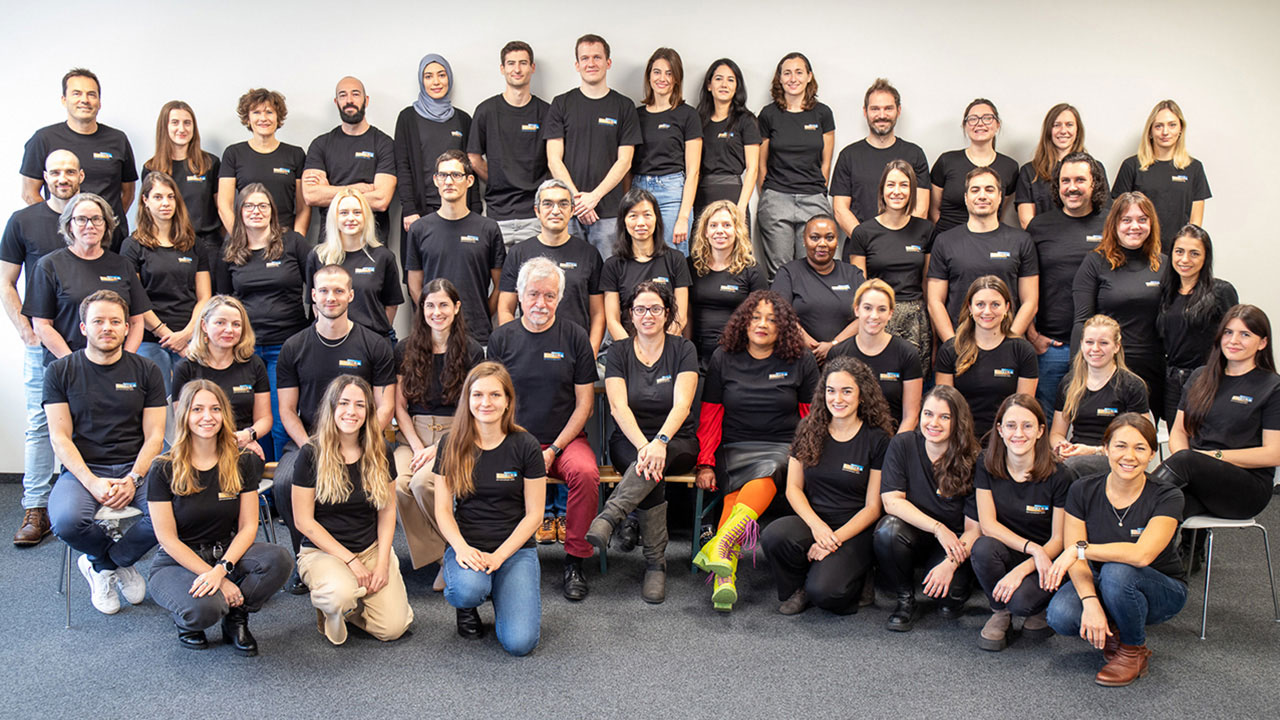
CUTISS completes successful Series C financing round
UZH Spin-off secured funding and signed an agreement with leading EU burn center
-
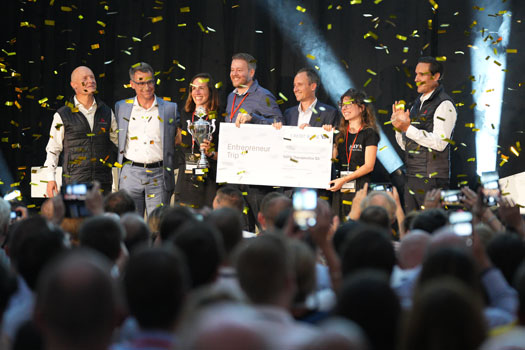
Seven UZH Life Sciences Spin-offs shine in the TOP 100 Swiss Startup Ranking
UZH spin-offs have made it into the TOP 100 Swiss Startups ranking
-
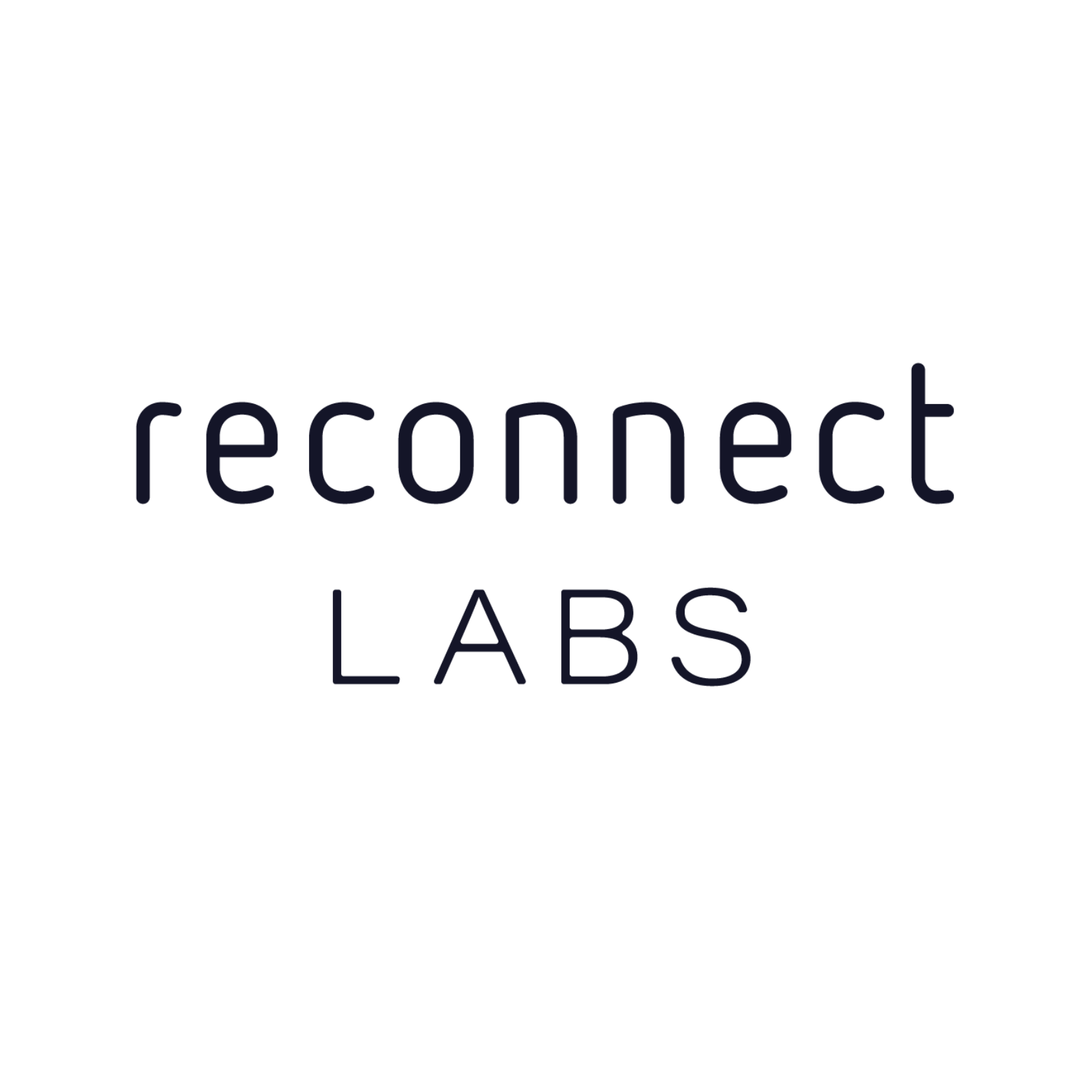
Reconnect Labs has successfully emerged from stealth mode
UZH Spin-off secures 22 million Swiss francs and emerged from stealth mode
-
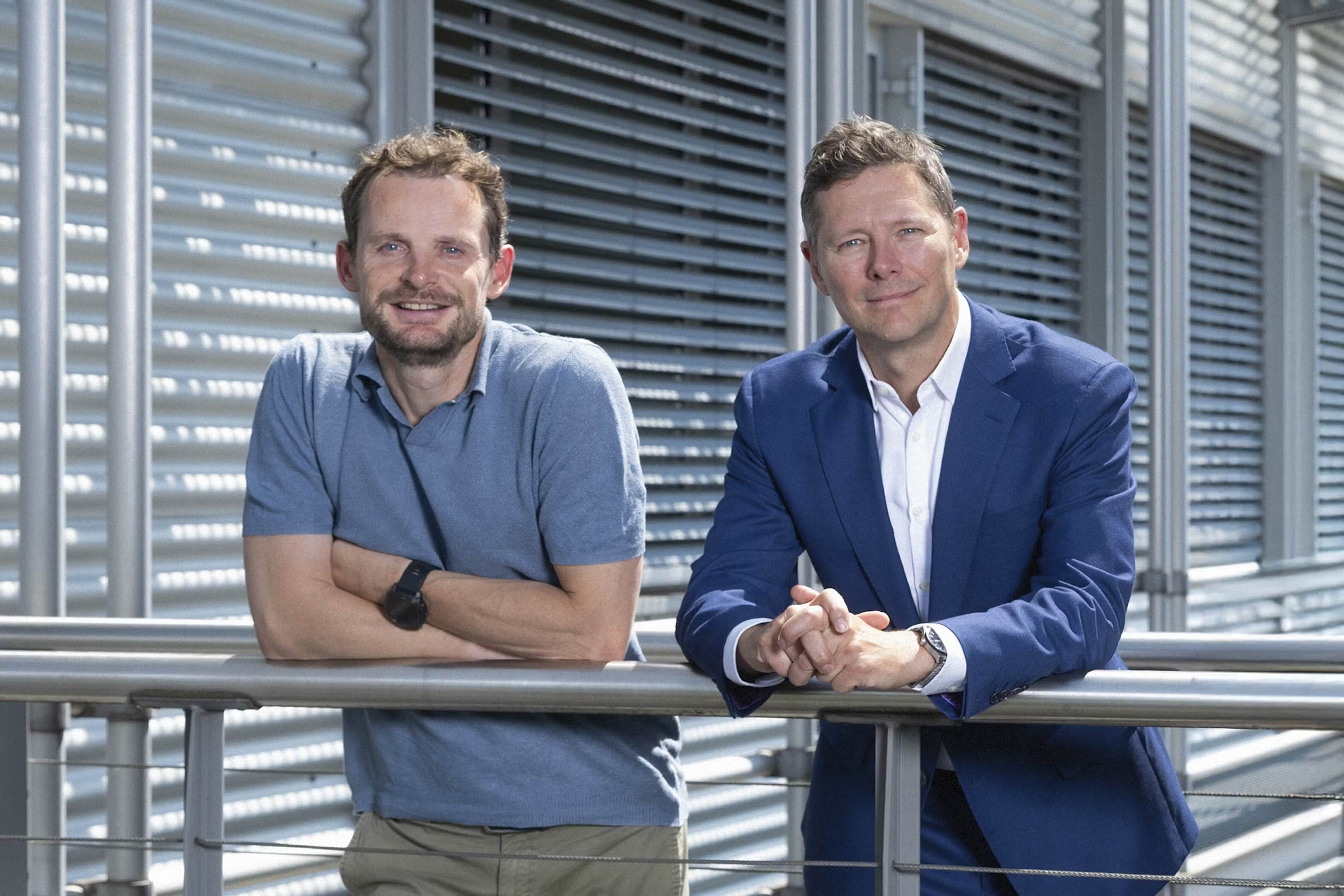
A role model for translational medicine acceleration: Apricot BIO
The Google Maps of cell analysis.
-

AskEarth receives 2.26 million CHF for scale-up
The UZH spin-off makes satellite and geodata accessible to companies.
-

Future trends from research into the market
At the Startup Days 2025, our panelists shared valuable insights on translating research into practice.
-

TOP 100 Swiss Startup Award 2025
The TOP 100 Swiss Startup Ranking showcases the 100 Swiss startups with the greatest potential. Take a look at the success of UZH Spin-offs.
-

DIZH Project-Call: Funded projects
16 Projects are being funded in the 4th Project-Call of the DIZH Innovationsprogramms, 10 of them with University Zurich teams
UZH News shed light on the critical issues of our time with research that contributes to forward-looking solutions for our society – below the UZH news focusing on innovation:
-

Strengthening Supply Chain Management with AI and Mathematical Insight
Funded by a BRIDGE Discovery Grant, UZH physicist Nicola Serra and ETH mathematician Alessio Figalli plan to pair optimal transport theory with AI to fortify supply-chain weak spots.
-

Pulling Together
If you want to be an entrepreneur, you have to be able to collaborate and develop solutions across disciplinary boundaries. This is a skill that can be learned. More than 150 students have already participated in a UZH Entrepreneurship Bootcamp.
-
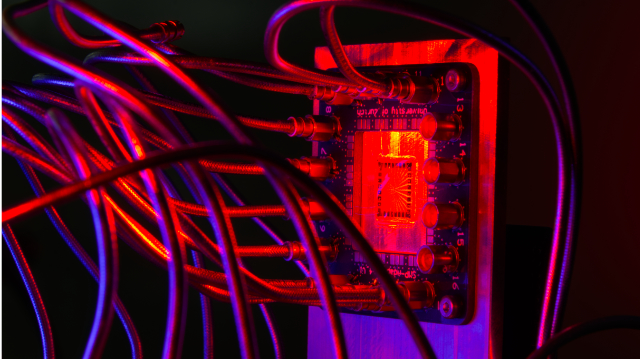
UZH Device Searches for Light Dark Matter
Superconducting sensors can detect single low-energy photons. Researchers have now used this capability to search for light dark matter particles.
-

Back in European Business
Two ERC Starting Grants were awarded to UZH scientists, as researchers based in Switzerland are once again eligible for Horizon Europe funding.
-

Think Big
How can Switzerland continue to grow as a leading hub for science-based innovation? High-profile leaders from the economy, science and politics gathered at an event organized by the Deep Tech Nation Switzerland Foundation at UZH to discuss this challenge.
-

When AI Meets Ancient Rome
Researchers in classical studies have developed a tool that creates AI images of antiquity that are grounded in history, offering fresh perspectives.
-
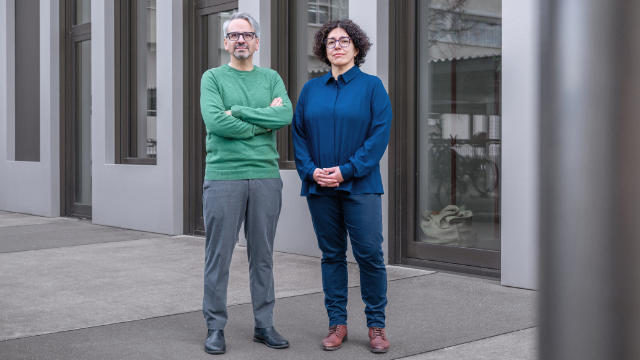
Fast, Painless, Precise: New Urine Test for Prostate Cancer Screening
In the future, a simple urine test could detect early-stage prostate cancer. In this interview, the developers tell the story of their invention.
-

A Giant Step that Heralds a New Space Age
On board the private spaceflight mission Fram2, the Space Genomics experiment of the University of Zurich launched today.
-

Efficient Development of Drugs with Fewer Mice
With a novel technology, around 25 antibodies can now be tested simultaneously in a single mouse. This should speed up the R&D pipeline for new drugs and hugely reduce the number of animals required.
-

Promising Active Ingredient for Lupus Therapy
In lupus, the immune system attacks its own structures, causing inflammation and organ damage. A new study shows that natural active ingredient gluconolactone could offer a more targeted therapy.